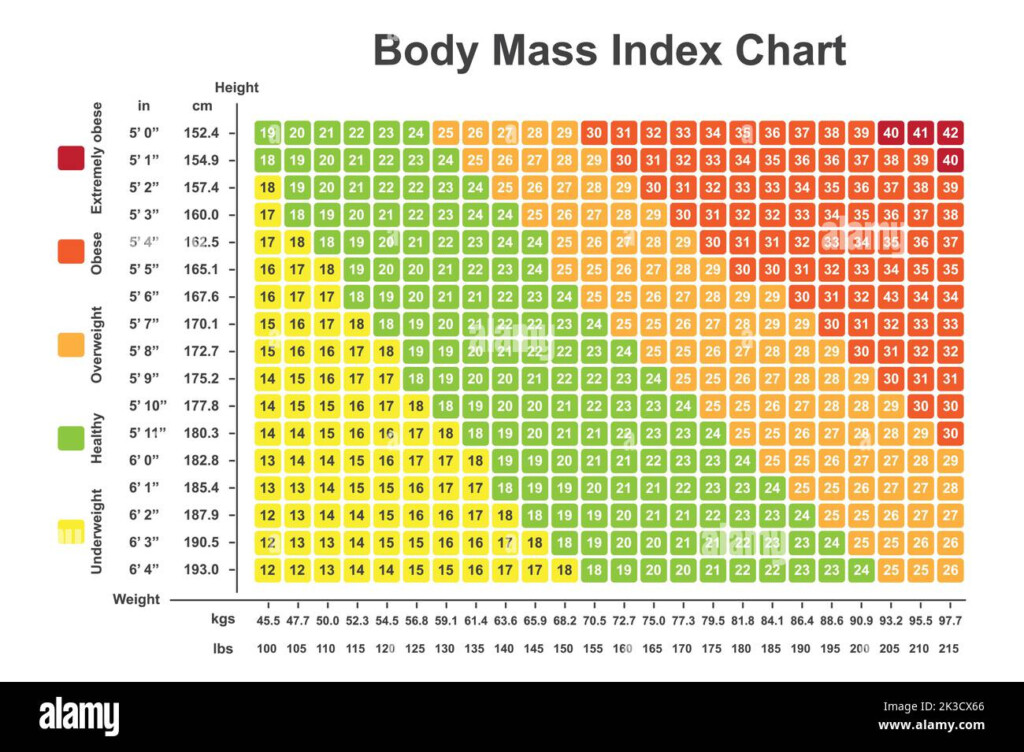Having a healthy weight is crucial for overall well-being and reducing the risk of chronic diseases such as heart disease, diabetes, and certain types of cancer. One way to determine if you are at a healthy weight is by calculating your Body Mass Index (BMI). BMI is a measurement of body fat based on your height and weight, and it can help you assess your risk for health problems associated with being overweight or underweight.
BMI is calculated by dividing your weight in kilograms by your height in meters squared. The formula is: BMI = weight (kg) / height (m^2). A BMI below 18.5 is considered underweight, a BMI between 18.5 and 24.9 is considered healthy, a BMI between 25 and 29.9 is considered overweight, and a BMI of 30 or above is considered obese. It’s important to note that BMI is just one tool to assess your health and should be used in conjunction with other measures such as waist circumference and overall lifestyle habits.
Healthy Weight And Bmi Chart
Using a BMI Chart to Determine Your Healthy Weight
A BMI chart is a useful tool to help you determine if you are at a healthy weight based on your height and weight. By finding your height on the chart and matching it with your weight, you can see which category your BMI falls into. If you find that your BMI is outside of the healthy range, it may be time to make some lifestyle changes to improve your health. This could include incorporating more physical activity, making healthier food choices, and seeking support from a healthcare professional or nutritionist.
